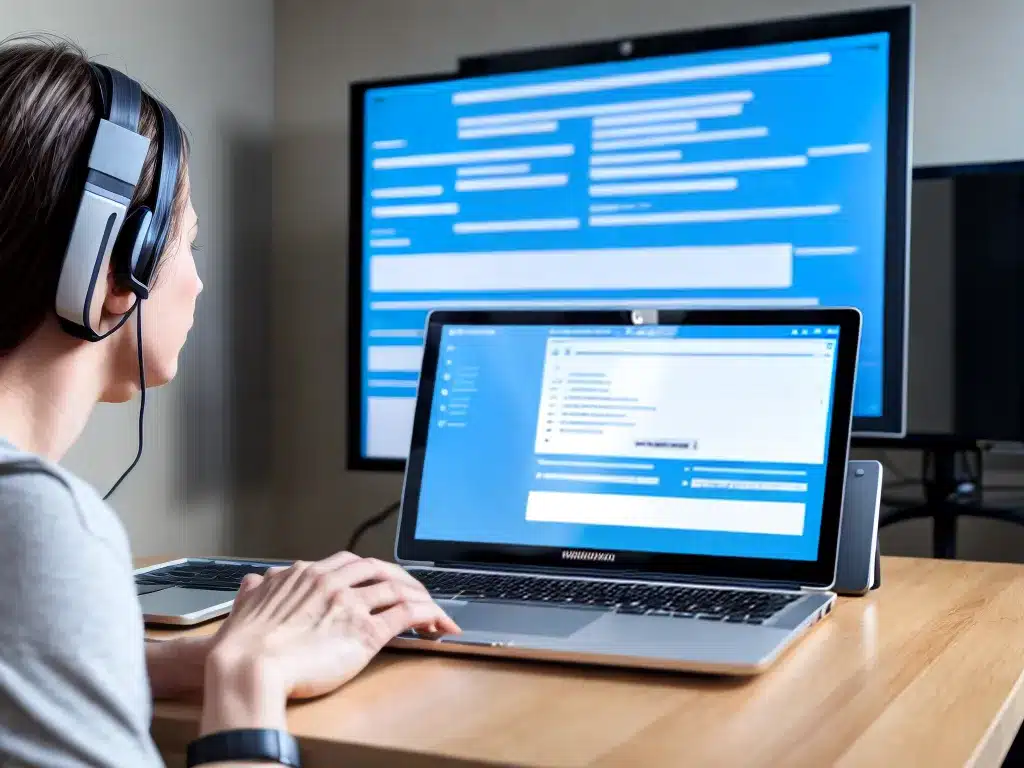
The COVID-19 pandemic has necessitated a massive shift to remote work. With employees accessing company networks from home, securing remote access has become a top priority for IT teams. Here’s an in-depth look at best practices for securing remote network access in the age of widespread work-from-home.
The Rise of Remote Work
The work-from-home trend has been growing for years, but COVID-19 dramatically accelerated it. By forcing many companies to implement mandatory remote work policies, the pandemic rapidly transformed remote work from an option to a necessity.
According to a Gartner survey, over 80% of company leaders plan to permit remote work at least some of the time even after the pandemic ends. Remote access is clearly here to stay.
The Security Risks of Remote Access
With great flexibility comes great responsibility. The convenience of remote work introduces new security risks, including:
- Unsecured home networks: Employees often have poor Wi-Fi security practices at home, opening access points for attackers.
- Unmanaged devices: Personal laptops and mobile devices used for work may lack endpoint security controls.
- Increased phishing: Offsite employees are more vulnerable to phishing attacks aimed at stealing credentials.
- Web threats: Remote workers are more likely to access risky sites and get infected with malware.
- Data leakage: Sensitive corporate data is exposed on vulnerable home networks and devices.
These risks make securing remote access critical, especially given the rapid rise in cyberattacks targeting remote workers during the pandemic.
Best Practices for Securing Remote Access
IT teams have a daunting task: deliver secure remote access at massive scale almost overnight. Here are key best practices for securing work-from-home access while enabling productivity:
Require Multi-Factor Authentication (MFA)
MFA adds a critical extra layer of protection by requiring users to present two or more credentials when logging in. This protects against stolen passwords or other single-factor breaches. Mandating MFA for all remote access, such as VPN and cloud apps, is a must-have.
Issue Managed Devices
Provide employees with secure, managed company laptops or mobile devices for remote work instead of allowing BYOD. Managed devices enforce endpoint security controls like disk encryption and antimalware to prevent data loss.
Deploy a VPN
A virtual private network (VPN) creates an encrypted tunnel for secure remote access to on-premises apps and resources. Prioritize VPN capacity for a large remote workforce. Consider shifting nonessential VPN traffic to the internet.
Zero Trust Network Access
Zero trust network access takes the VPN concept further by verifying user identity and device security posture before granting any network access. This minimizes access for compromised identities or insecure devices.
Secure the Home Office
Educate employees on cyber hygiene best practices for their home office, like using strong Wi-Fi passwords, running antimalware software, enabling firewalls, and being vigilant against phishing. Provide secure routers if needed.
Monitor for Anomalies
Leverage analytics tools to monitor remote access patterns and detect anomalies that could indicate threats. Watch for things like unfamiliar geo-locations or unusual access times that deviate from normal baselines.
The Future of Remote Access Security
With remote work becoming ubiquitous, securing remote access will only grow in importance. IT teams should continue optimizing remote access security with a defense-in-depth strategy. The right combination of cloud access security brokers, zero trust network access, endpoint security, and user education will enable secure work-from-anywhere. By making remote access security a priority today, companies can support flexible, distributed workforces well into the future.












